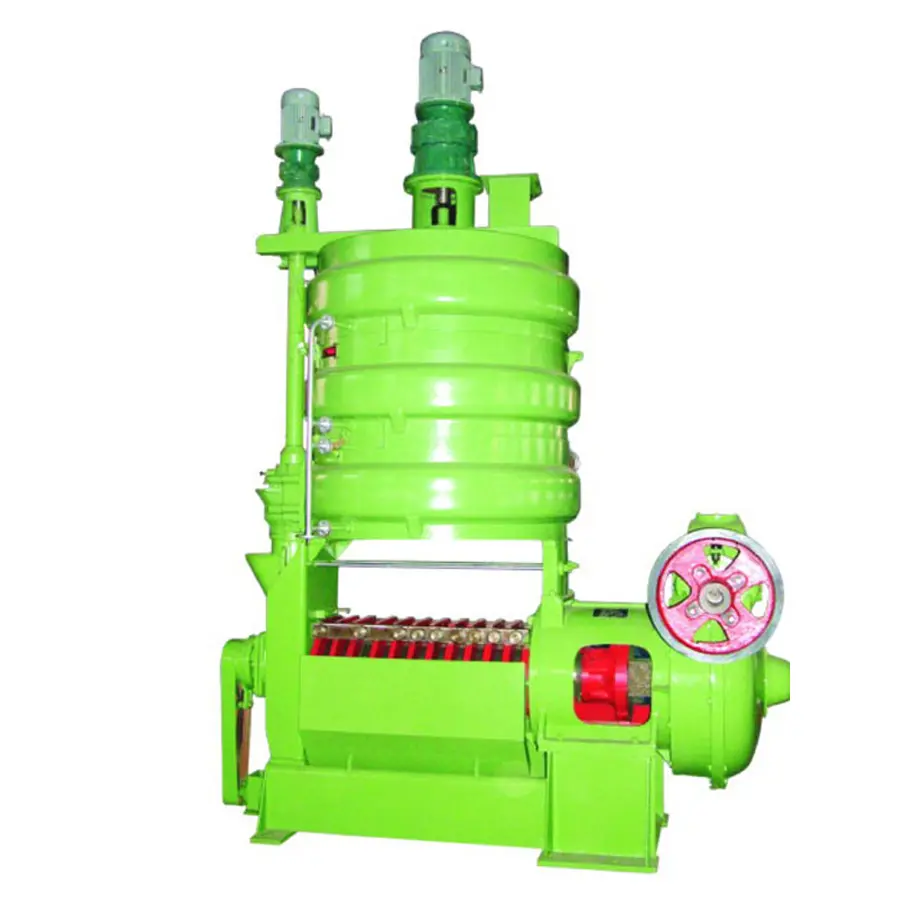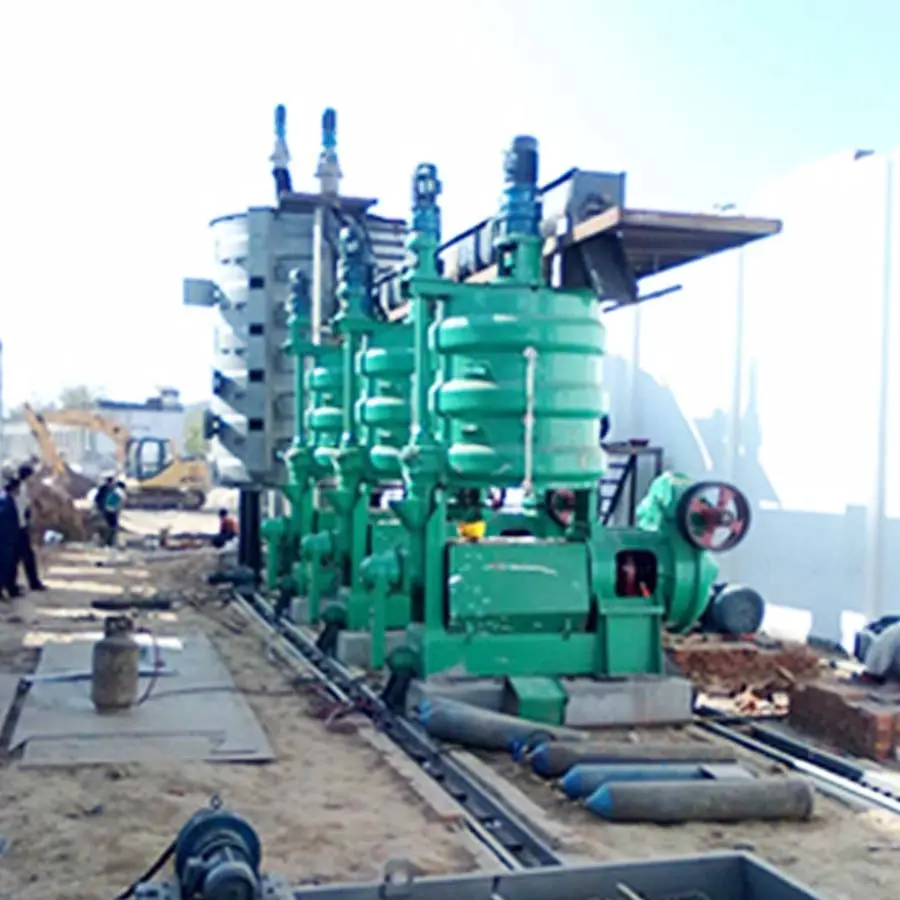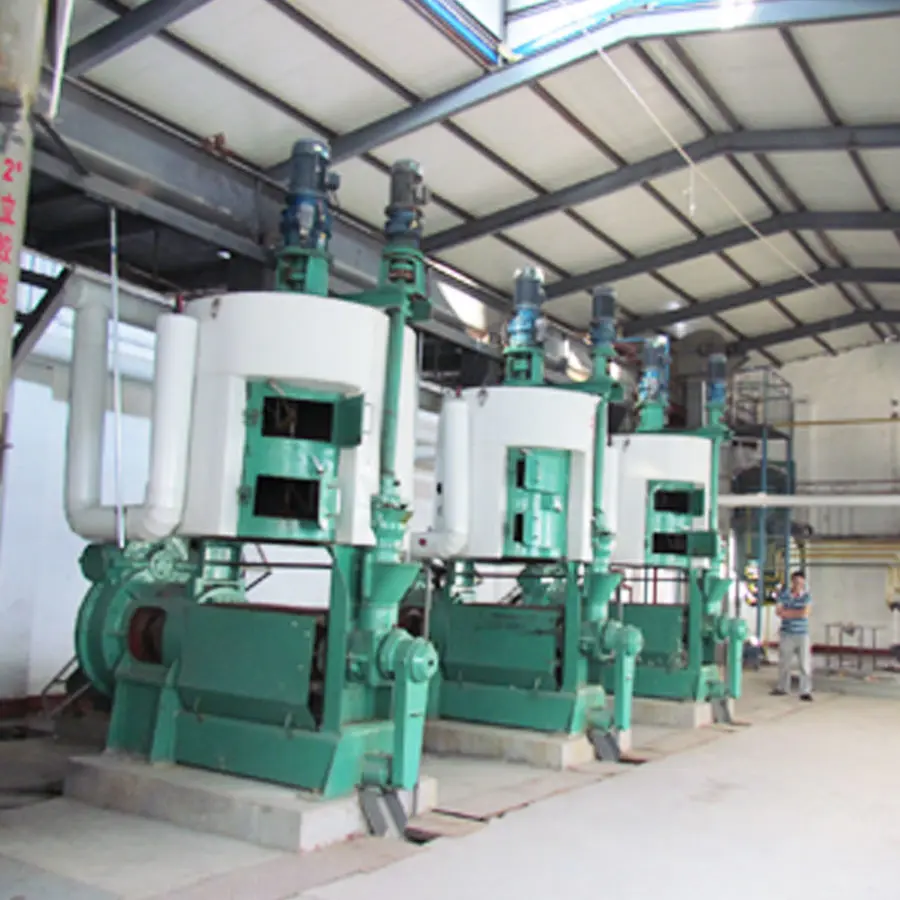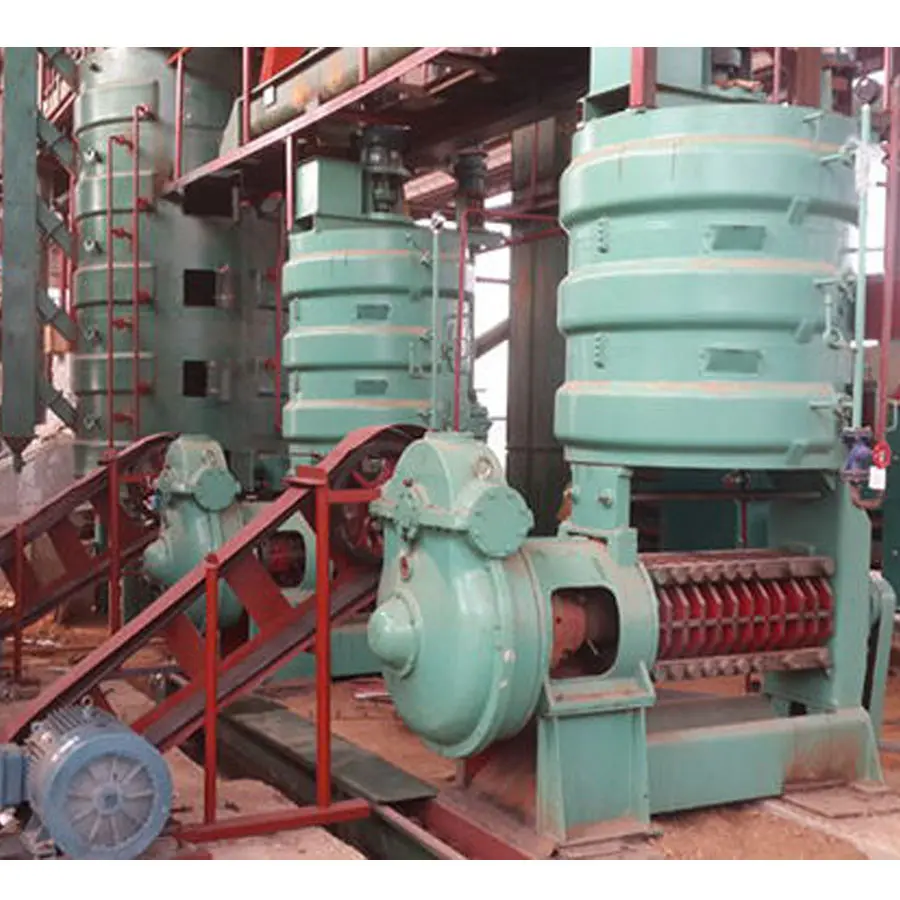Oct . 17, 2025 08:20 Back to list
Industrial Soy Bean Oil Press Machine - High Yield & Auto
Industrial Soy Bean Oil Press Machine — field notes from a pragmatic insider
Built in Dingzhou City, Hebei Province, China, this line of presses has been making the rounds in mid-scale refineries and farm co-ops. To be honest, what caught my eye first wasn’t just the throughput, but the way operators talk about downtime—apparently, less of it. Below is what I’ve learned from factory tours, customer calls, and a couple of oily boots-on-the-floor visits.

Where the market is heading
Two forces shape today’s soy oil pressing: energy cost and food-safety compliance. Many customers say they want stable residual oil in cake (for predictable yields) and quieter gearboxes for night shifts. Interestingly, plants are pairing mechanical pressing with light solvent polishing—hybrid lines are trending, especially where utilities are pricey. The Industrial Soy Bean Oil Press Machine slots into that hybrid strategy, or it can run purely mechanical if that’s your policy.

Technical snapshot (real-world use may vary)
| Parameter | Typical Value | Notes |
|---|---|---|
| Throughput | ≈ 8–15 t/day per unit | Depends on moisture (10–12%) and flake thickness |
| Main motor power | 15–30 kW | IE3 optional |
| Screw/press cage | Alloy steel, nitrided | Food-contact stainless available |
| Residual oil in cake | ≈ 6–8% | AOCS Am 2-93 method |
| Noise level | ≤ 78 dB(A) | At 1 m, no-load slightly lower |
| Service life (screw/worm) | ≈ 8,000–12,000 hrs | With proper conditioning and lubrication |
Process flow and testing
Material: Clean, graded soybeans → De-stoning → Magnetic separation → Conditioning (steam 60–70°C) → Flaking (0.3–0.4 mm) → Cooking (90–105°C, ~20 min) → Mechanical pressing by Industrial Soy Bean Oil Press Machine → Crude oil filtration → Optional: degumming/neutralization → Storage. QC follows ISO 663 for oil content, AOCS Ca 3a-46 for moisture, and peroxide value as per Codex specs. Gearbox lubrication per manufacturer’s schedule—don’t skip it; I’ve seen it double worm life.

Applications and advantages
- Edible oil mills targeting neutralization + winterization
- Hybrid plants (press + light solvent polish)
- Feed mills valuing predictable meal quality (46–48% protein, typical)
- Biodiesel feedstock pre-pressing, where FFA is managed downstream
Advantages I noticed: steady cake discharge, straightforward cage disassembly, and temperature control that’s actually usable. Surprisingly, operators praise the simple VFD interface—no fluff, just RPM, amps, and alarms. The Industrial Soy Bean Oil Press Machine also handles slightly variable moisture without choking, within reason.

Vendor comparison (indicative)
| Vendor | Capacity | Motor | Certifications | After-sales |
|---|---|---|---|---|
| Dingzhou manufacturer (this model) | ≈ 8–15 t/d | IE2/IE3, 15–30 kW | ISO 9001, CE | Remote + on-site, 12–18 mo warranty |
| Regional Brand X | ≈ 6–12 t/d | IE2, 18–22 kW | CE (self-declared) | Email support, spares in 2–4 weeks |
| OEM Y | ≈ 10–16 t/d | IE3, 22–30 kW | ISO 9001 | Agent network, varying SLA |
Values are indicative; real-world use may vary by bean variety, conditioning, and line layout.

Customization and real cases
Options include stainless contact surfaces (304/316L), explosion-proof motors, PLC/SCADA hooks (Modbus), auto-temp control, and CIP spray rings. One anonymized co-op in the Southern Cone added a pre-conditioner and saw residual oil drop from ~9% to ~6.5% and OEE tick up 4–5%. Another plant in Southeast Asia reported lower noise than their old unit—subjective, but the shift lead was pretty adamant.

Compliance, testing, and service
Food-safety: compatible with HACCP and Codex quality targets; documentation pack includes material traceability and weld maps on request. Safety: CE conformity (Machinery Directive), guards with interlocks, and e-stop loops. Test data I’ve seen: moisture by AOCS Ca 2e-84, oil content per ISO 659/663, and filtration clarity
If you’re scaling, the Industrial Soy Bean Oil Press Machine works as a parallel-bank setup; 3–4 units often beat one oversized press in uptime. I guess it depends on your maintenance culture.
Citations
- AOCS Official Methods (Am 2-93; Ca 2e-84; Ca 3a-46). American Oil Chemists’ Society.
- ISO 663:2017. Oilseeds — Determination of moisture and volatile matter content.
- Codex Standard 210: Codex Standard for Named Vegetable Oils.
- Directive 2006/42/EC. Machinery Directive (CE conformity requirements).
-
Comprehensive Guide to Cold Press Oil Extraction Machine – Benefits, Uses & Future Trends
NewsNov.21,2025
-
HP 120 Cold Oil Press - Hebei Huipin Machinery | Efficient Oil Extraction
NewsNov.21,2025
-
Mustard Oil Extraction Machine: A Complete Guide to Industry, Technology & Future Trends
NewsNov.20,2025
-
Groundnut Oil Extraction Machine | Efficient Peanut Oil Press Solutions
NewsNov.20,2025
-
Manual Oil Press Machine: Sustainable Oil Extraction for Global Communities | Buy & Learn More
NewsNov.19,2025
-
Efficient Peanut Oil Machine Solutions for Sustainable Oil Extraction
NewsNov.19,2025
